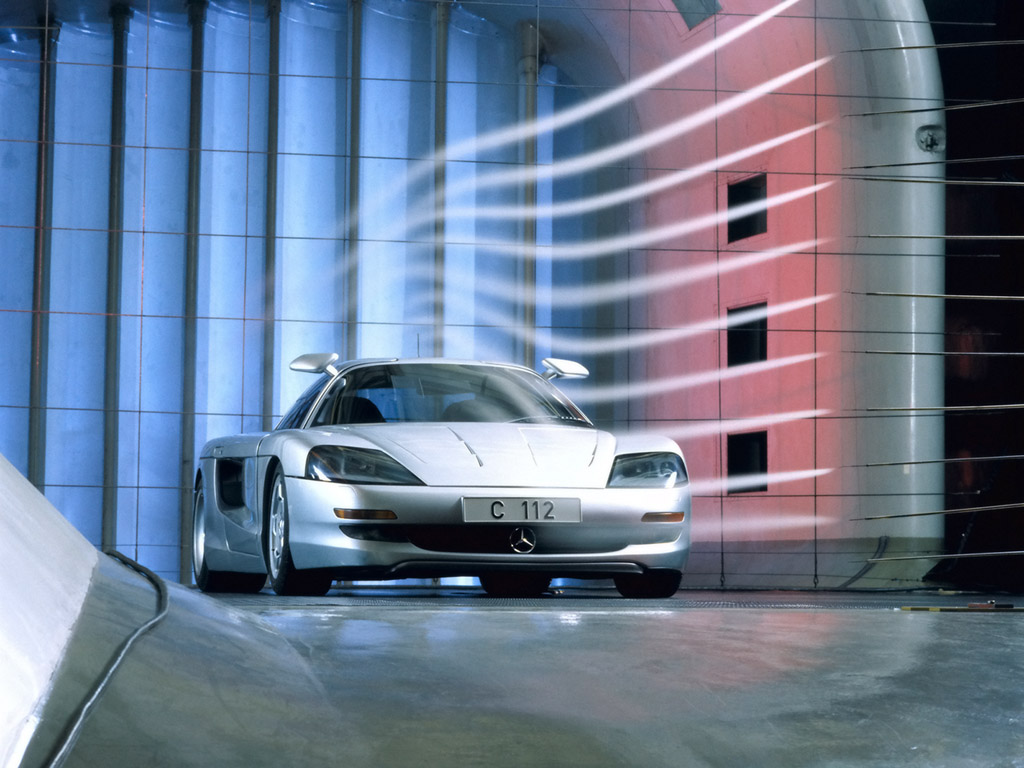1991 Mercedes-Benz C 112
|
Price |
-- |
Production |
-- | ||
|
Engine |
6 liter 12 cylinder |
Weight |
-- | ||
|
Aspiration |
-- |
Torque |
-- | ||
|
HP |
408 hp |
HP/Weight |
-- | ||
|
HP/Liter |
-- |
1/4 mile |
-- | ||
|
0-62 mph |
-- |
Top Speed |
-- |
(from DaimlerChrysler Press Release) For the 1990 racing season, Mercedes-Benz teamed up with Sauber to create the C 111 Group C car. The results were spectacular: the team became world champions.
Even that was not enough to satisfy our engineers however. They wanted to look for ways to test active systems for controlling vehicle dynamics before introducing them on production models – and so the high-performance C 112 sports car was born. Powered by a 6.0-litre V12 engine, it developed 300 kW (408 hp) and peak torque of 580 Nm. To ensure its huge power could be used with maximum active safety, the engineers delved deep in their box of tricks and came up with a range of electronic systems.
One such system was Active Body Control (ABC), which made its debut on the C 112. ABC features a combination of springs and hydraulics at each wheel, plus sensors that monitor the vehicle’s movements. A computer then assesses the data collected via the sensors and adjusts the active suspension elements accordingly. The result is ride stability the likes of which had never been seen before.
In addition, the C 112 was fitted with active rear steering. This allowed the car to compensate if the wheels were knocked off course by external influences such as surface imperfections, side winds, or road surfaces with varying levels of grip. Latest-generation anti-locking braking (ABS) and anti-skid control systems completed the picture.
No less exciting was the car’s styling: the spoiler and wing were infinitely adjustable and could thus be adapted to the driving situation to ensure the optimum combination of low drag and high downforce. The rear wing could also be extended instantly in high-speed cornering and under emergency braking. For optimum stopping power, the braking system automatically split the braking pressure between the front and rear wheels.
It was not just in its ability to offer controllable high-performance motoring that the C 112 was a precursor to the Mercedes-Benz SLR McLaren however. It also had the gullwing doors first seen on the legendary 300 SL and recently revived on the SLR.



